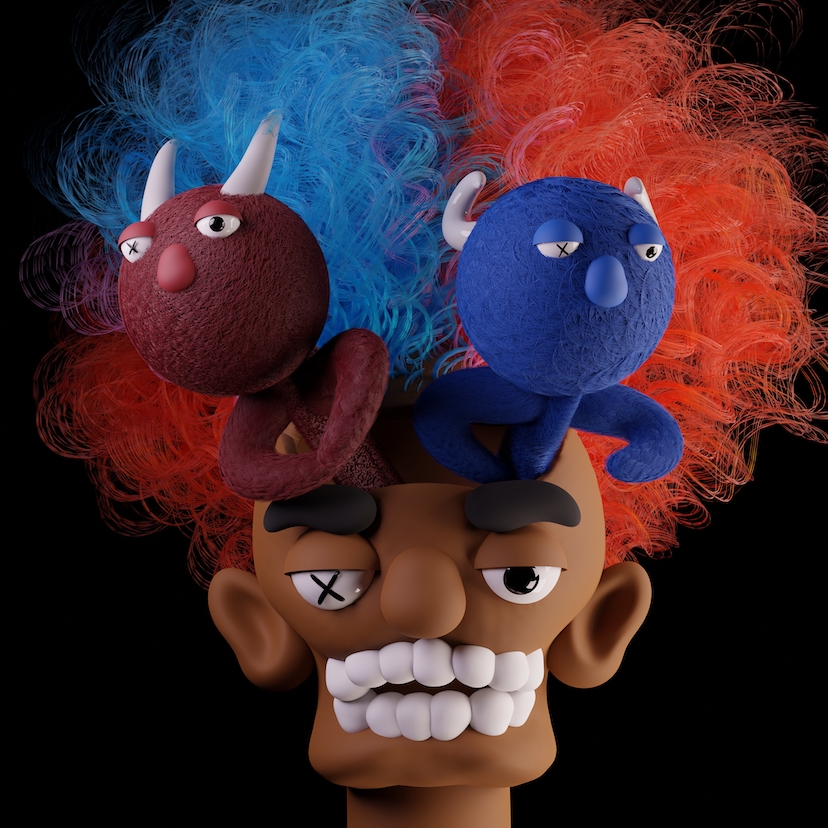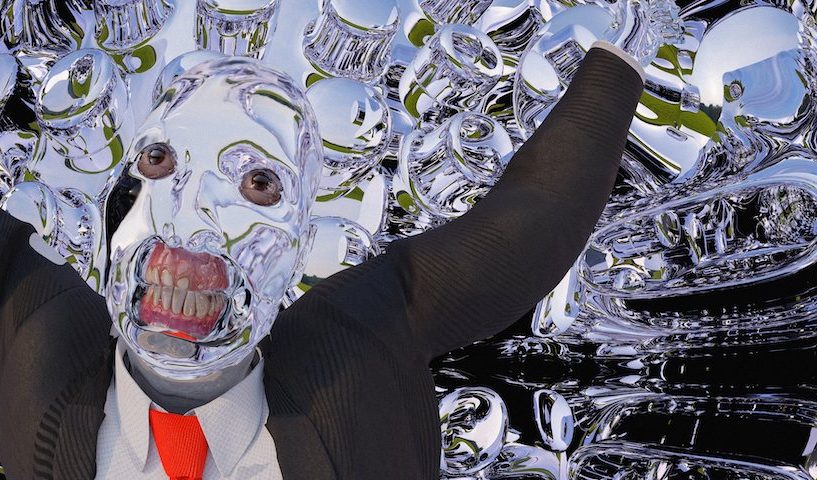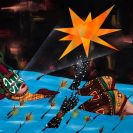To say that NFTs have taken the world by storm would be an understatement. Whether for their technology (which is still mind boggling, at times) or for all the wacky stories that are happening because of them. We thought it was about time to sit down and clear some things up. NFT stands for non-fungible token, and it is a non-interchangeable unit of data stored on a blockchain. Think of it as a digital ledger that can be traded. The type of data stored can be anything from digital files, images, videos or music. So even though the data itself can be copied and held by many people, the blockchain identifies who owns it. Unlike cryptocurrencies which are not uniquely identifiable, NFTs are so they are non-fungible (are not mutually interchangeable).
Art has always held value for humans and we as a species have always been driven to purchase it for many reasons, but in more recent history the art market has become a playground for investors. And NFTs are the latest entry to this big wild space. With uncertainty in the global economy, distrust in flat currencies and the explosive rise of cryptocurrencies, NFTs are now being used as a speculative asset.

NFT ledgers claim to provide a public certificate of authenticity or proof of ownership, but the legal rights conveyed by an NFT can be uncertain. NFTs do not restrict the sharing or copying of the underlying digital files, do not necessarily convey the copyright of the digital files, and do not prevent the creation of NFTs with identical associated files.
Yet, NFTs are being used as a speculative asset, and many buyers have already cashed in on their investments. And they are still art, which has value on its own. We spoke to Hamad who goes by the alias itshamadsworld to learn more about the new fronteir. “I go by my first name to be transparent about my Arabic and Muslim background, and although I never really stated I grew up in Kuwait, its a huge part of who I am,” he told us.
Hamad got inspired to get started in the NFT world back in May 2020, right after he graduated from college. The pandemic had closed everything down and made finding a job challenging so he pivoted and decided to create and sell art. “I always had a passion to draw, paint and use various mediums to create as a child, so it was almost natural to start creating art,” he explained.
Before 2020 he had no idea what an NFT was. And at first it was pretty overwhelming to learn about the technology behind NFTs, but once he got his hands dirty it wasn’t as scary as he thought.
“I took it all in day by day, and found the biggest takeaway is to learn more about the NFT community. I went to Twitter to learn more about the community and got more involved online. Then I finally got a handle on what NFTs were and how I could utilize them to spread my own art, such as the greats have been doing before me.”

As an artist who sells NFTs, he may be biased but he truly believes that NFTs can be great for artists in the long run simply because NFTs are here to stay and are great for any artist’s career. Not only can they help reach different audiences but it can also help artists spread more awareness about their art. If taken seriously NFTs can become another source of income for artists.
NFT profile pictures or PFPs as they are mostly called in the community have made a lot of noise recently. Hamad explained, “My view on NFT profile picture collections is that they are a natural way of the market figuring itself out. Yes, there is a market for PFP and people really are looking for the next image they resonate with so they can display it with their twitter handle and show all their followers. They bring a sense of nostalgia back to the user all while advancing in technology. NFTs allow for the verification of digital assets such as pictures, videos, and art. Gifs, audio, and whatever else can be stored electronically and through the blockchain. PFPs are cool, they are here to stay. Some are clearly just money grabs with no intention of future world building, and some have serious potential (ex. Bored Ape Yacht Club, Clone X, Cool Cats) it’s all about experiencing a “rug pull” for yourself and knowing the red flags when you see them.”

While ultimately NFTs are art, artists are being asked to provide more utility in their art beyond their emotions, skills, and talent. “I think it can be a lot more difficult for artists to provide more value beyond their art compared to bigger, more well known artists that are linked to bigger projects. I think it’s valid for an artist to add value to their art by strengthening their community by offering various merchandise, perks, as well as getting to know the artist’s story first hand,” Hamad elaborates.
Hamad has some great advice for artists who are interested in testing the waters. He thinks that you need to learn about different NFT communities, find a good group of people to talk to. Consistency is key, make sure to stay active and engaged with your friends and the community you build. You also need to be yourself, you’d be surprised by how far you can go by just being you. And finally he suggests that you need to do your own research – trust your gut and always ask people you trust for opinions.
It’s definitely still too soon to tell what will happen in the art and NFT world, but what’s certain is that they won’t be disappearing and that there’s a learning curve ahead of all of us, artists and consumers alike, to navigate this brave new world.
You can find Hamad’s work on @itshamadsworld on Instagram.








